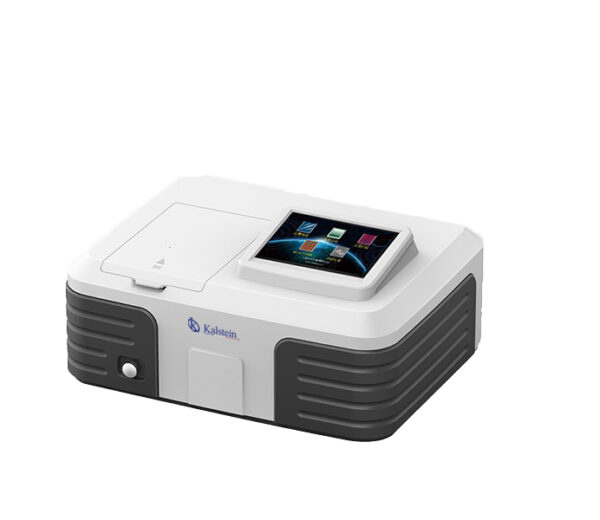When it comes to laboratory equipment, precision and quality are fundamental. In the field of UV-Visible spectrophotometry, two brands stand out among the rest: Kalstein and Shimadzu. Both offer high-performance devices, but which is the best option? In this blog, we will compare the “Kalstein YR01862/YR01862-1/YR01862-2” model and the “Shimadzu UV-1900i” model to help you make the best decision.
One of the determining factors when choosing a spectrophotometer is the price. The Kalstein model is affordably priced, making it an attractive option for those laboratories with tighter budgets. On the other hand, Shimadzu is a recognized manufacturer in the sector and its UV-1900i model is known for its high quality and precision.
European Quality Certification
The European quality certification is a crucial aspect to consider when acquiring laboratory equipment. Both models, Kalstein YR01862/YR01862-1/YR01862-2 and Shimadzu UV-1900i, have European certification, which guarantees that they meet the quality and safety standards required in the European Union.
In terms of the manufacturer, Kalstein is a recognized brand in the laboratory instrument market, with extensive experience and tradition in manufacturing high-quality products. For its part, Shimadzu is also a well-known manufacturer, known for its innovation and cutting-edge technology in the field of analytical instrumentation.
Another important aspect to consider is European certification. The Kalstein models have CE certification, which guarantees that they comply with the quality and safety standards established by the European Union. On the other hand, the Shimadzu UV-1900i also meets the certification requirements and offers quality guarantees in its use.
Features and Technical Specifications
In terms of features and technical specifications, both models offer first-rate performance. The Kalstein YR01862/YR01862-1/YR01862-2 has a wavelength range of 190 nm to 1100 nm and an accuracy of ± 0.5 nm. On the other hand, the Shimadzu UV-1900i has a wavelength range of 190 nm to 1100 nm and an accuracy of ± 0.3 nm. Both models offer excellent accuracy and are suitable for various applications in laboratories. https://yulgary.no/product/spectrophotometer-double-beam-yr01862-1-yr01862-2/
In terms of the control mode, the main difference between the two models is the touch screen; while the KALSTEIN YR01862 uses a 10-inch screen, the Shimadzu UV-1900i uses an 8-inch one. As for the spectral bandwidth, the YR01862 series by KALSTEIN offers different options (2nm for YR1862, 1nm for YR01862-1, and 0.5/1/2/4nm for YR01862-2), which provides greater versatility compared to the single 1nm option of the Shimadzu UV-1900i.
Both models have the same wavelength accuracy, with a precision of ± 0.1 nm, ensuring trust in the results. However, a distinction can be made regarding photometric precision. Although the difference between the figures is small, the YR01862 of KALSTEIN offers a slightly larger margin, especially in the 0-0.5 Abs range.
Purchase and After-Sales Service
When it comes to making the purchase, it is important to consider the after-sales service offered by the manufacturer. Kalstein stands out for its customer service and efficient after-sales service. It also offers a warranty on its equipment, which offers greater peace of mind to the buyer. Shimadzu, on the other hand, has a network of authorized distributors and also offers technical support and after-sales service.
In conclusion, both the Kalstein YR01862/YR01862-1/YR01862-2 model and the Shimadzu UV-1900i model are solid choices for acquiring a spectrophotometer. The choice will depend on the needs and budget of each laboratory. If you are looking for quality equipment at an affordable price, the Kalstein model may be the best option. On the other hand, if you are looking for maximum precision and reliability, the Shimadzu model may be the right choice. In any case, both brands offer high-performance machines that will meet the expectations of the most demanding laboratories.


